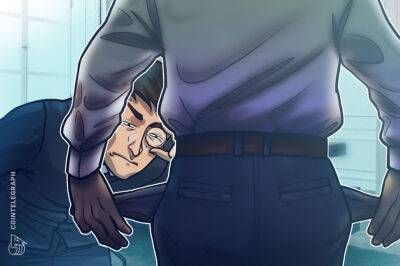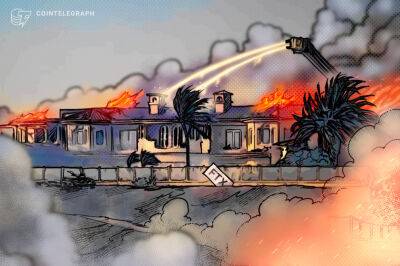Italy’s fascist takeover: 100 years on, is the ideology still alive?
Today marks 100 years since the start of the March on Rome, Benito Mussolini’s coup d’état that led to the creation of a 21-year-long fascist regime.
Widely acknowledged as one of the darkest moments in the country’s history, it is upheld by historians and commentators as a prime example of how democracy can be eroded.
As Italy remembers the uprising’s centennial, many wonder: does fascism still remain a threat to the country’s democracy?
Italy entered the 1920s without having managed to free itself from the shackles of World War One. The country — unhappy with the results of the post-war peace treaties — was ravaged by riots, strikes and political fighting which a weak government was unable to curtail.
Among the newly emerging post-WWI political forces were the fascists, led by a journalist and former socialist, Benito Mussolini.
While fascism’s definition remains debated and controversial, the movement’s early adherents were largely united by an ultra-nationalist ideology rejecting democratic principles and calling for an authoritarian central government.
The movement had grown in size quickly, exploiting Italy’s socioeconomic challenges and the middle-class fear of socialists. Come October 1922, Mussolini realised it was time to seize power.
On the 27th of October, a band of Blackshirts -- the fascist’s paramilitary wing -- encroached Rome. Italy’s then-PM, Luigi Facta, tried to declare a state of siege, but the king refused to sign the order, leading to the government’s surrender in the face of Mussolini’s forces.
By the end of the month, the transfer of power was complete: Mussolini was officially appointed Italy’s new prime minister.
Despite certain hiccups that almost brought his rule to an end, Mussolini consolidated his
Read more on euronews.com













